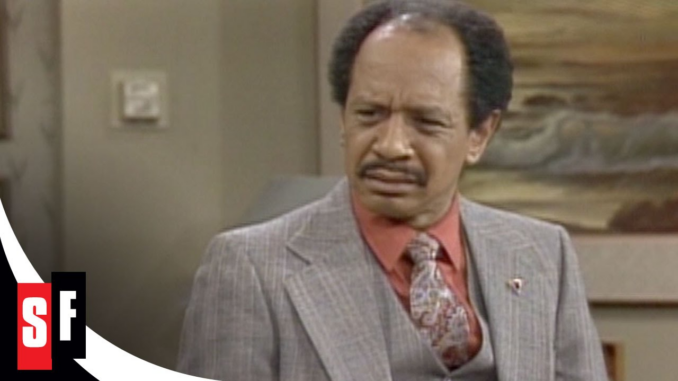
The Jeffersons is one of the most groundbreaking sitcoms in television history. From its memorable catchphrase “We’re movin’ on up” to its revolutionary portrayal of African American families, this show defined an era of television. Premiering in 1975 as a spin-off of All in the Family, it quickly became a cultural phenomenon. But there’s so much more to The Jeffersons than meets the eye! In this article, we’ll uncover fascinating facts about the show that you probably didn’t know.
The Creation of The Jeffersons – A Bold Step Forward in TV History
The Show’s Origins: From All in the Family to The Jeffersons
The Jeffersons was the brainchild of Norman Lear, the genius behind other iconic shows like All in the Family and Maude. The character of George Jefferson was originally introduced as a recurring character on All in the Family. However, Lear saw the potential for George and his wife, Louise, to carry their own show, and in 1975, The Jeffersons was born.
The spin-off was unique in that it portrayed an African American couple achieving the American Dream. George and Louise move into a luxurious high-rise apartment in Manhattan, showcasing the success and upward mobility of African Americans during a time when such portrayals were rare on television.
Breaking Racial Stereotypes
When The Jeffersons debuted, it was one of the first shows to depict a prosperous African American family in a positive light. Before this, TV often portrayed black families as struggling or living in poverty. George and Louise, however, were upwardly mobile, successful business owners, and their portrayal helped redefine what was possible for African American characters on television.
The Cast: Legendary Performances and Unforgettable Characters
Sherman Hemsley as George Jefferson: The Iconic Anti-Hero
Sherman Hemsley’s portrayal of George Jefferson remains one of the most iconic characters in TV history. George was a self-made businessman with a brash attitude, a huge ego, and a strong sense of pride. Despite his sometimes abrasive personality, he became beloved by viewers for his humorous take on social issues and his loving (though sometimes strained) relationship with his wife, Louise.
Hemsley’s performance was groundbreaking. He was a rare type of character—one who defied stereotypes, yet had depth and complexity. Sherman Hemsley was so much more than a comedic character—he was a pioneer, representing African Americans in a way that was rarely seen on TV at the time.
Isabel Sanford as Louise Jefferson: The First African American Emmy-Winning Lead Actress in a Comedy Series
Isabel Sanford played Louise Jefferson, George’s wife, and was just as integral to the show’s success. Louise was a loving, intelligent, and strong woman who often found herself the voice of reason to George’s outbursts. Sanford’s portrayal earned her a Primetime Emmy Award in 1981, making her the first African American woman to win the award for Outstanding Lead Actress in a Comedy Series.
Her Emmy win was a landmark achievement, reflecting how far both the show and the entertainment industry had come in terms of diversity and representation.
Behind the Scenes: The Production and Legacy of The Jeffersons
The Theme Song: A Song That Defines an Era
The theme song for The Jeffersons, “Movin’ on Up,” is arguably as iconic as the show itself. Written by Ja’net DuBois (who also starred as the character of the Jeffersons’ maid, “Willona Woods” on Good Times), the song captured the essence of the show: the idea of upward mobility, progress, and the American Dream. Its catchy melody and memorable lyrics became synonymous with the show’s message.
A Revolutionary TV Show
The show had a lasting impact on the landscape of American television. It helped pave the way for other sitcoms that would portray African American families in a positive light, such as The Cosby Show and The Fresh Prince of Bel-Air. The success of The Jeffersons proved that there was an audience for stories about African American families, and it helped challenge the mainstream media’s portrayal of black people during the 1970s and 1980s.
